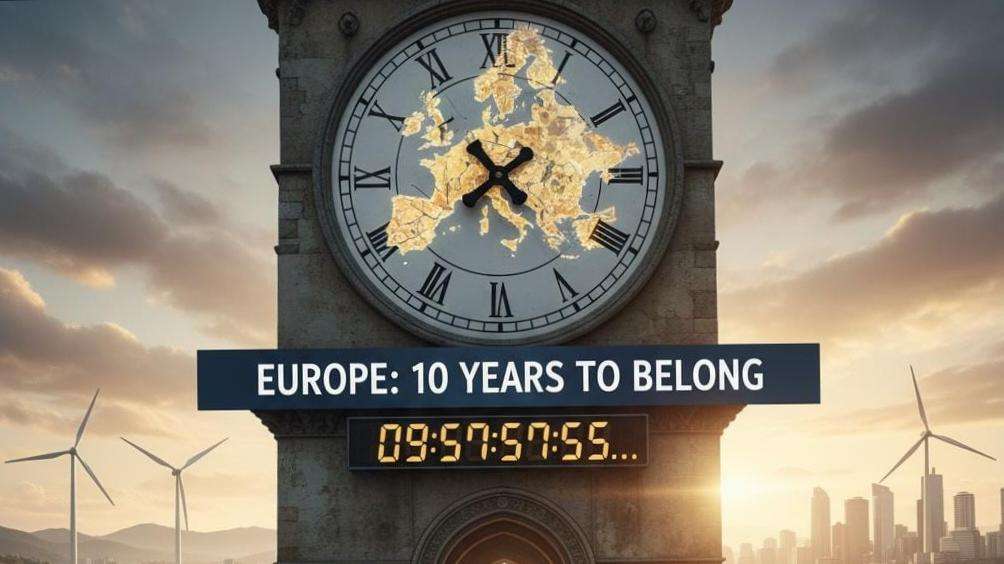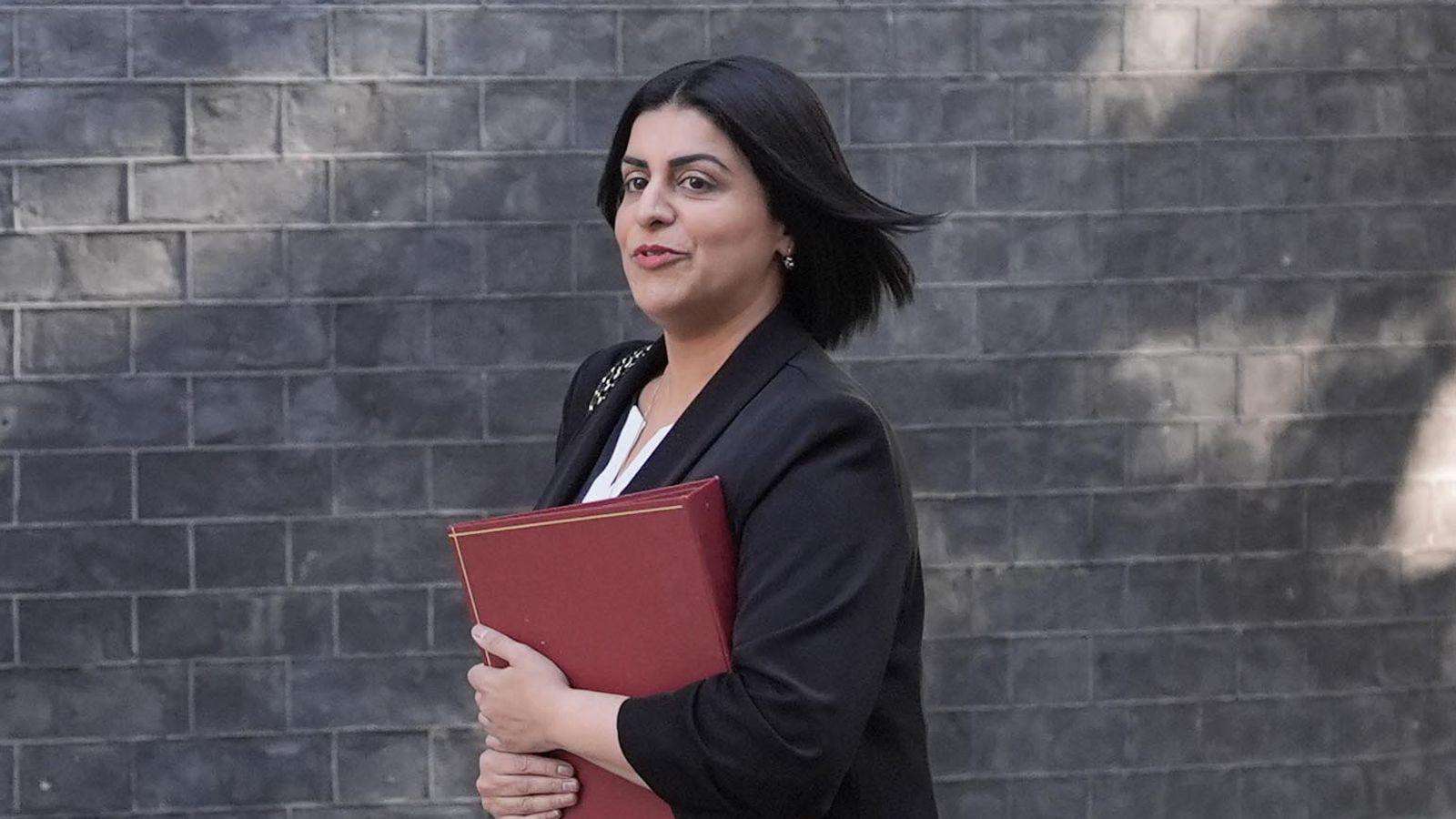Last month saw the first increase in the annual rate of inflation of the year, albeit not by as much as some City economists had anticipated.
Official data from the Office for National Statistics (ONS) show that the Consumer Price Index (CPI), the main indicator of living expenses, increased by 2.2% in July after rising by merely 2% in June.
However, inflation had been expected to go up to 2.3% so most City analysts believe the the smaller than predicted rise is unlikely to delay another interest rate cut. The rate of inflation last rose in December 2023 when the CPI went up from 3.9% to 4%.
The ONS said the main reason for the tick up in the inflation rate was that gas and electricity prices did not fall as steeply as they had in same month last year.
Darren Jones, Chief Secretary to the Treasury, said: “The new Government is under no illusion as to the scale of the challenge we have inherited, with many families still struggling with the cost of living. That is why we are taking the tough decisions now to fix the foundations of our economy so we can rebuild Britain and make every part of the country better off.”
Two closely watched measures of underlying inflationary pressures in the economy fell in the month. Core CPI, which excludes energy, food, alcohol and tobacco, rose by 3.3% in the 12 months to July 2024, down from 3.5% in June; while the CPI services annual rate fell from 5.7% to 5.2%.
Jeremy Batstone-Carr, European Strategist, at Raymond James Investment Services, said:“After falling to the Bank of England’s target in June, today’s data reveals that inflation has crept up above the 2% target once again. However, the cause of the rise is mechanistic and as such, the Bank will not be overly concerned about today’s figures.
“This rise in inflation can be attributed to the impact of Ofgem’s utility price adjustment last month, which was smaller than in July 2023. However, the deceleration in food, fuel and service prices has kept inflationary pressures relatively in check at 2.2%.
“Though overall price pressures remain higher than the Bank’s comfort level, the general direction of travel is still trending downwards, an encouraging sign for the Bank’s rate-setters.
but Suren Thiru, Economics Director at ICAEW, said: “These figures suggest that the sweet spot for UK inflation has passed as the recent downward pressure on the headline rate from lower energy costs faded away in July.
“This increase signals the start of a period of moderately rising price pressures, with greater demand from a recovering economy and higher energy bills likely to keep inflation above the Bank of England’s 2% target until next year.
“The notable slowdown in services inflation suggests that underlying price pressures are becoming less troublesome. The growing squeeze on wages from a subdued jobs market should help keep it on a firm downward trajectory.
“These figures mean a September rate cut is improbable and will likely lead to a definitive, possibly unanimous, vote among rate setters in favour of keep interest rates on hold.”








.svg)
